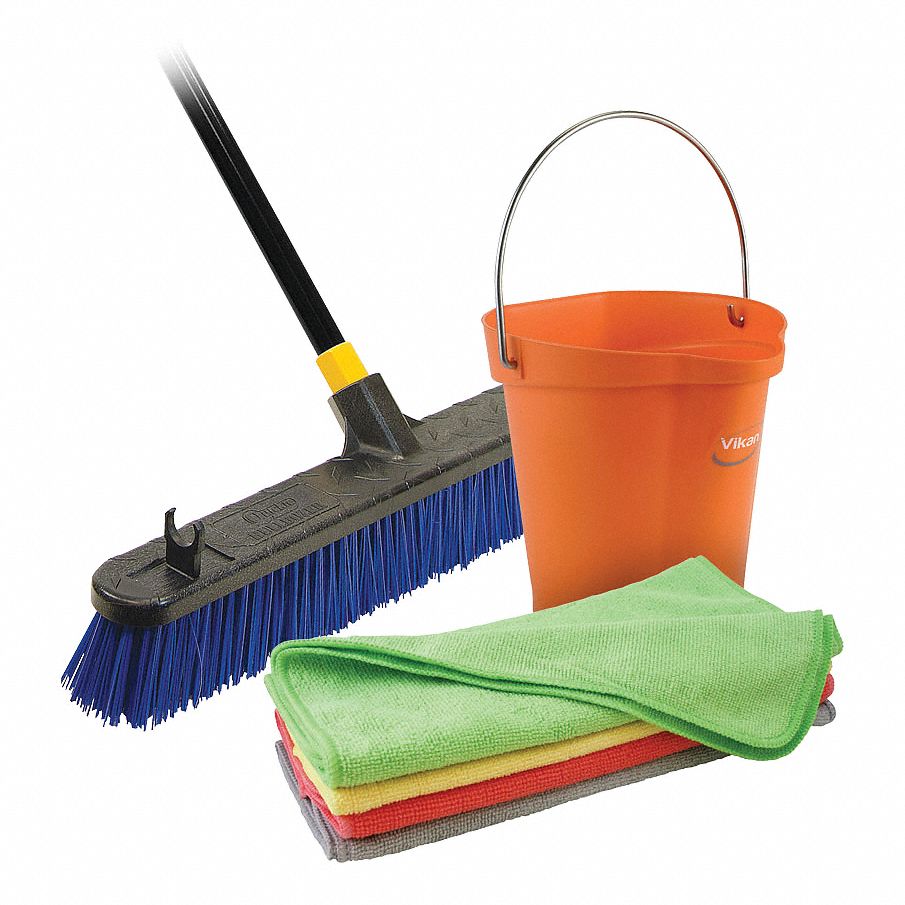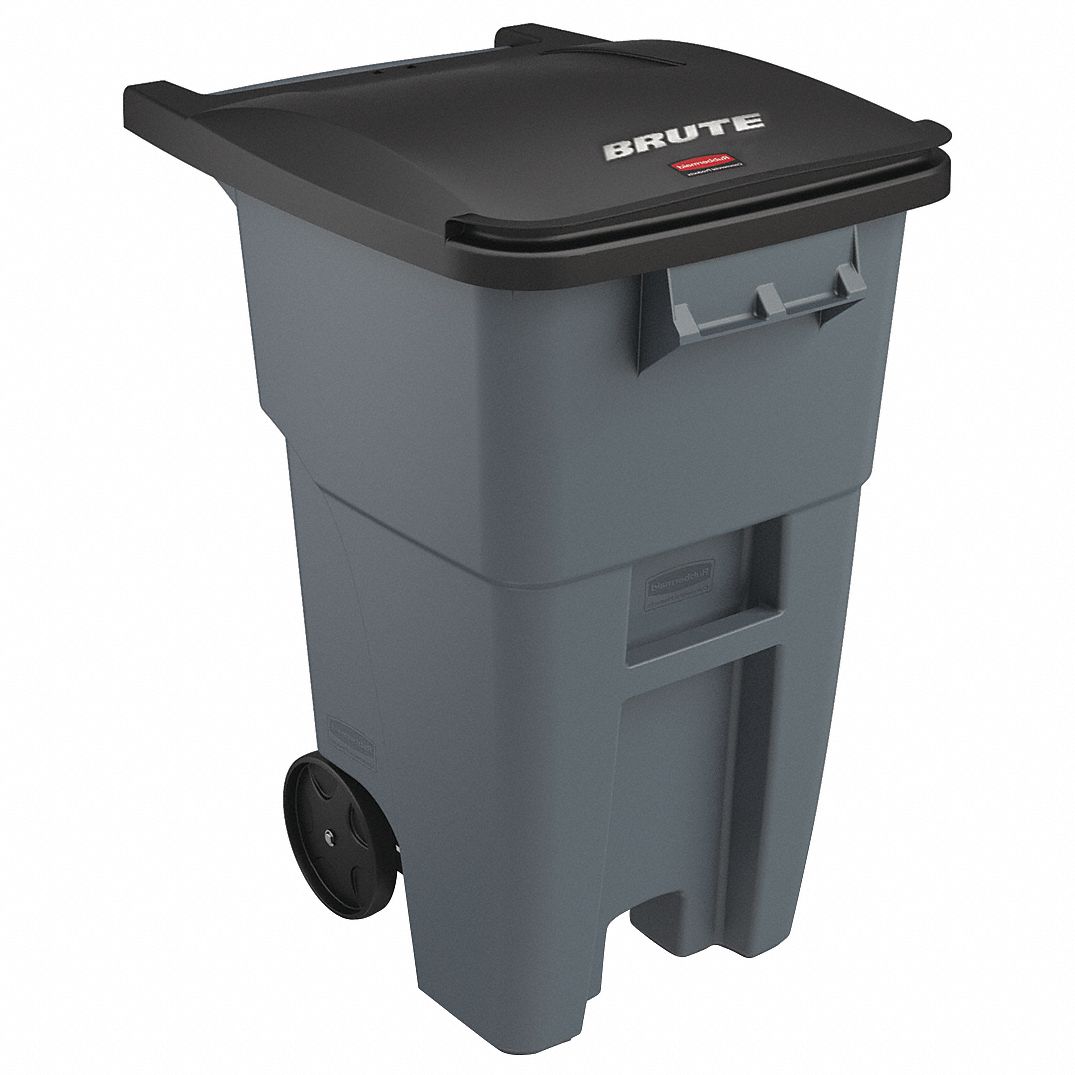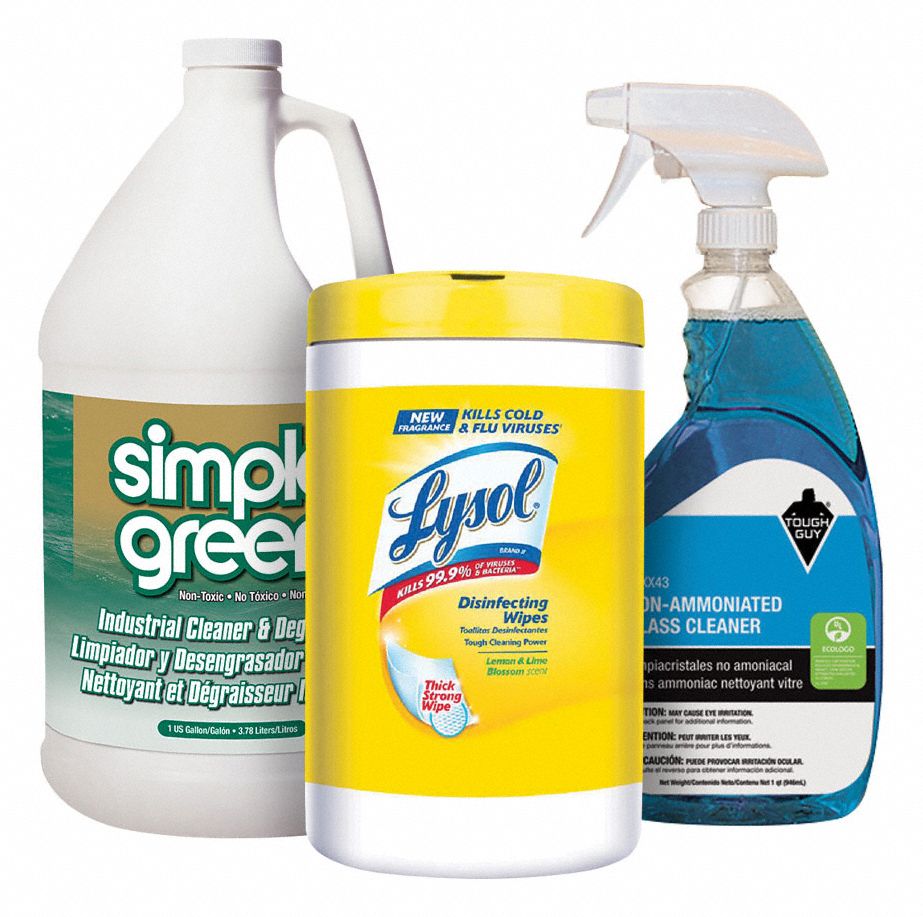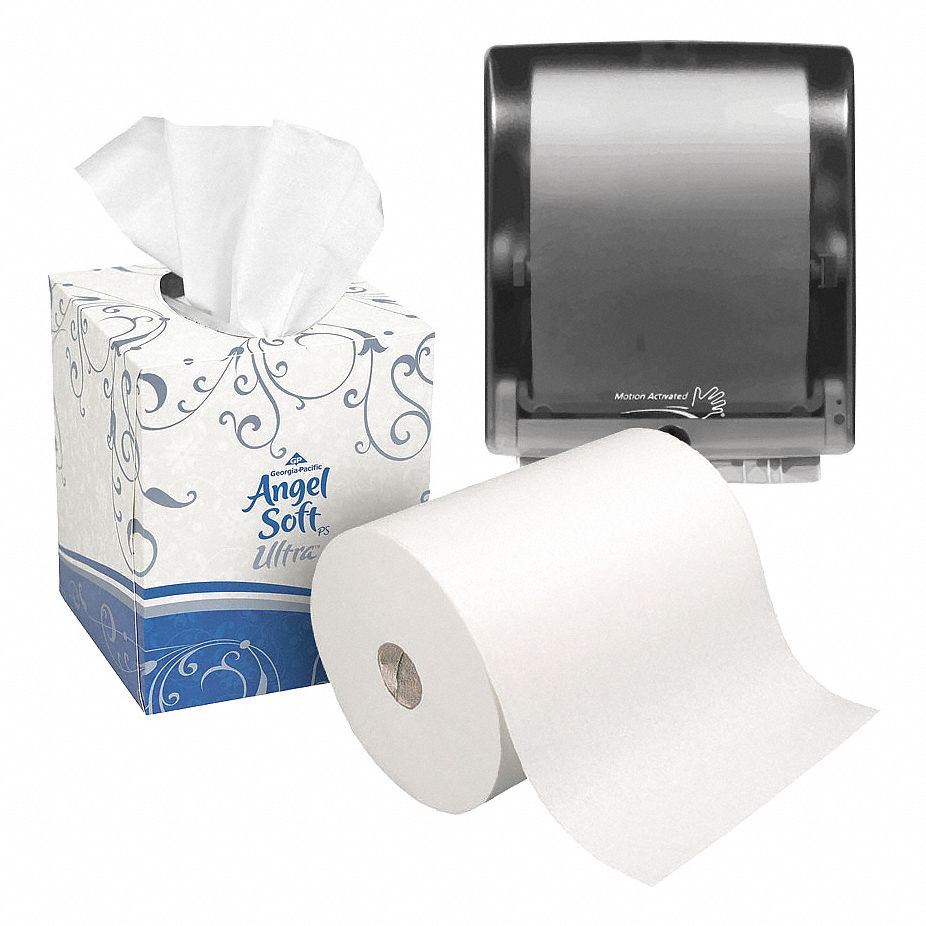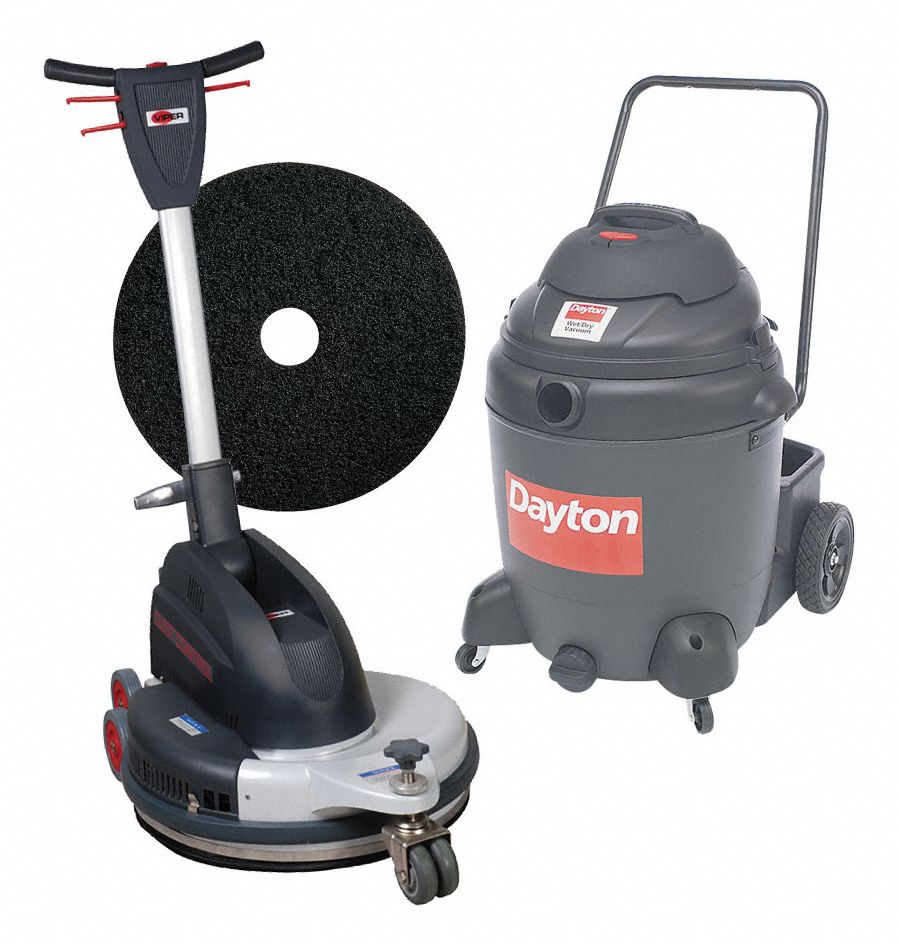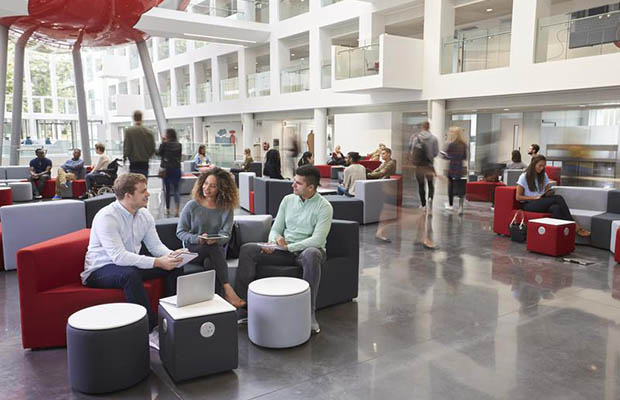

Preventive Maintenance 101: Six Areas of Campus You Can't Neglect
By Brian Driskell, Sr. Strategy Manager, Education, W.W. Grainger, Inc. 4/5/18


Instead of waiting for that critical system or piece of equipment to break down, include these six areas in your institution’s preventive maintenance program.
As college infrastructures continue to age, institutions are in a race against the clock to keep up with the demands of existing space while also renewing the functionality and performance of their educational spaces. “An older campus presents more maintenance challenges and it may or may not be able to meet programmatic needs,” according to Sightlines’ 2017 State of Facilities in Higher Education, which says that the average U.S. higher education campus age is now 34.2 years old.
One of the best ways for institutions to preserve existing buildings and facilities is by performing regular, preventive maintenance (i.e., regularly servicing equipment on a predetermined schedule) in key areas. “Timely replacement of parts is a simple way to keep equipment running at top efficiency, and should not be delayed until equipment fails,” the Department of Energy states in its Guide to Operating and Maintaining EnergySmart Schools.
6 Key Preventive Maintenance Areas
Here are six areas of campus that should be included in your institution’s preventive maintenance program:
- Cafeterias, student areas, student unions, and labs. These high-traffic areas will need the most attention, and will require ongoing safety, cleaning, and maintenance in order to run smoothly and safety. In labs, for example, make sure tables and fume hoods are in place and in good condition, and that teachers and students have the tools they need for proper disposal of chemicals and other hazardous materials. In cafeterias, make sure all food preparation areas are clean; ovens and stoves inspected regularly; and floor surfaces clean and free of unnecessary obstacles.
- Classrooms. Preventive maintenance is vital in these real-world learning environments, which should be cleaned and inspected on a regular basis to ensure the highest level of comfort for occupants. Preventative maintenance on heating, ventilation, and air conditioning (HVAC) systems, should include cleaning the burners and air conditioner coils; checking ducts for leaks at joints and flexible connections; inspecting hot and cold duct and pipe insulation (and seals) for adequate insulation; and repairing faulty equipment.
- Dormitories, living areas, and restrooms. In addition to the basic cleaning and maintenance routines associated with these areas, consider the fact that more water is used here than in any other areas on campus. Minor improvements can have a major impact on the efficiency of buildings, where motion sensor faucets, waterless urinals, and low-flow showerheads can all play a role in conservation. Also, be sure to replace worn filters, belts, gaskets, valves, and other parts that cause equipment to draw more energy and lead to equipment breakdowns. If boilers are being used to generate hot water, make sure they are inspected annually and that all maintenance records are kept onsite (for possible inspections).
- Locker rooms, gyms, and athletic facilities. In these high-traffic areas, your biggest concern is the stuff you can’t see, and keeping mold and bacteria under control is an ongoing challenge. Use disinfectants, germicides, and sanitizers specially formulated for controlling the key culprits in gyms and locker rooms. Keep floors clean and properly maintained, and be sure to periodically strip and re-wax them to ensure a safe surface for participants.
- Libraries, administrative offices, auditoriums, and theatres. These large, well-used spaces present a great opportunity to save energy due to the amount of lighting and the facilities’ indoor heating/air conditioning consumption. Consider a lighting upgrade for an existing facility and be sure to use the most energy-efficient lighting systems available. Fire drills should be held on a monthly basis, according to the Institute for Education Sciences both to test fire alarms and practice occupant response to fire emergencies. During school breaks when buildings are not occupied, detailed inspections of all fire alarms should be performed. This includes testing all pull stations, smoke detectors, and heat detectors located in building ductwork.
- Buildings, school grounds, parking lots, and warehouse/storage facilities. According to the EPA, a good operations and maintenance plan includes procedures for cleaning all parts of the school facility and maintaining the entire building infrastructure: the foundation, exterior and interior walls, windows and doors, and roofing. Other areas to include in your preventive maintenance plan include courtyards, exterior lighting and signage, pools, and paved surfaces throughout campus.
As you develop your institution’s preventive maintenance plan, avoid the urge to push key pieces of equipment over to a “breakdown maintenance” plan, where nothing is done until that critical item breaks down. And while the latter may “sound like a cost-saving approach to maintenance,” SchoolDude notes in 5 Education Operations Management Trends to Know for 2018, “precisely the opposite is true.”
Brian Driskell is the education segment senior strategy manager for Grainger Industrial Supply. His roles and responsibilities are to truly be the expert related to trends and initiatives within the education segments. He partners with school districts, higher education campuses, and educational organizations to ensure that Grainger offers the most relevant solutions to its education clients. Brian has been with Grainger for over 22 years and has been serving government and education customers for over 10 of those years.
![]()
The information contained in this article is intended for general information purposes only and is based on information available as of the initial date of publication. No representation is made that the information or references are complete or remain current. This article is not a substitute for review of current applicable government regulations, industry standards, or other standards specific to your business and/or activities and should not be construed as legal advice or opinion. Readers with specific questions should refer to the applicable standards or consult with an attorney.

